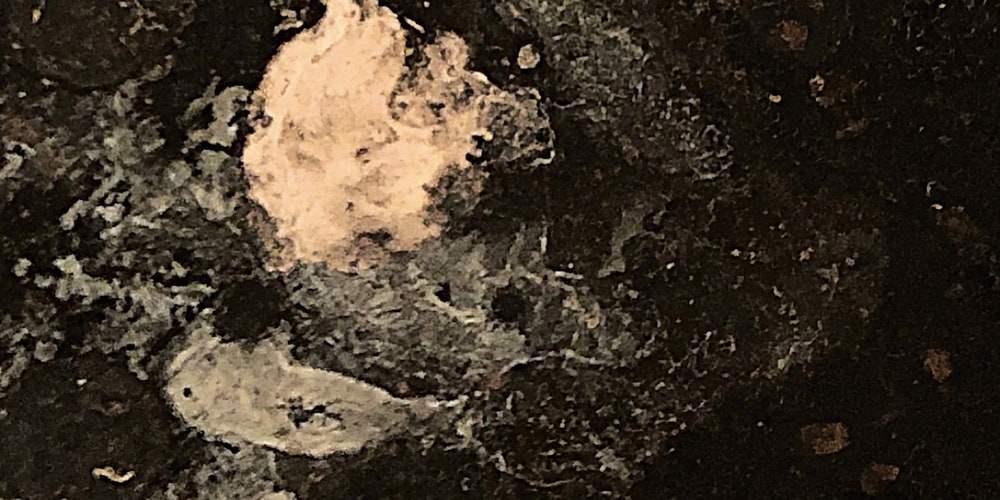Sarah Davachi and Sean McCann’s personal and artistic lives are intimately intertwined. Working out of their shared home in Los Angeles, both artists carve out marbled slabs of sound art, each taking their own unique approach to neo-classical music. McCann has styled himself as a sort of DIY Gavin Bryars, overseeing his label Recital Program and assembling ornate passages of home-recorded chamber music to create a new kind of basement-show Baroque. Davachi takes after deep-listening gurus like Pauline Oliveros and Randal McLellan, hanging her songs on endless strings of soft organ and Mellotron chords that wrap the listener in a velvety analog glow. On Mother of Pearl, their first record together as a couple, Davachi and McCann explore the spaces shared between their respective styles of music, yielding a warm, ethereal vision of musique concréte stripped down to the very bone.
An animating principle of both Davachi and McCann’s music has been a devotion to the Fluxus art movement of the 1960s, whose philosophy might be best summed up by founder George Maciunas: “Coffee cups can be more beautiful than fancy sculptures. A kiss in the morning can be more dramatic than a drama by Mr. Fancypants. The sloshing of my foot in my wet boot sounds more beautiful than fancy organ music.” In this fashion, Mother of Pearl uncovers epiphanies in the duo’s kitchen sink as Davachi and McCann combine farmhouse field recordings, tape distortion, plinking keys, and silence itself to create an autumnal bath of golden tones. The music on Mother of Pearl is just barely there, yet its spectral ebb and flow conjures blurry images of dim, candle-lit rooms, or suns setting on ancient buildings that haven’t felt footsteps for centuries. As slight as the album may seem, Mother of Pearl’s greatest rewards come from listening closely, where all of Davachi and McCann’s textures can reveal their delicate wrinkles.
Throughout Mother of Pearl, McCann and Davachi find a gentle middle ground between the dizzying surrealism of the former’s work and the subtly hypnotic drift of the latter’s. “LA in the Rain” spends eight minutes hovering over a veil of creaking violas and twinkling piano, dancing like dust particles settling in the sunlight. Davachi and McCann constantly keep their sounds at the edge of tangibility, reveling in the tension of their elegant in-betweenness. The most sublime track is the album’s centerpiece, “Lamplighter,” where the two musicians plunge into a ghostly reverie of rumbling bass, softly ringing bells, and cycling waves of tape hiss. On the surface, it seems to convey an all-encompassing emptiness, yet there are details—like the strangely soothing tapping timbre that appears around six minutes in, or the cows that begin to moo toward the end of the track—that turn the whole piece into a balancing act between darkness and light, a richly layered world heard from the deepest possible depths.
There are limits to how microscopic Davachi and McCann can make their music while still achieving something profound; on “Band of Gold,” two guitars spiral aimlessly without ever quite achieving the textural complexity of the rest of the album. But for much of Mother of Pearl, Davachi and McCann continually create musicality from the barest of fabrics, spinning them out into loose tapestries. It’s the kind of music that seems to disappear when you first put it on, but will slowly transform your entire environment. Like reading old love letters from couples long ago, it seems to speak a private language all its own.
Catch up every Saturday with 10 of our best-reviewed albums of the week. Sign up for the 10 to Hear newsletter here.
